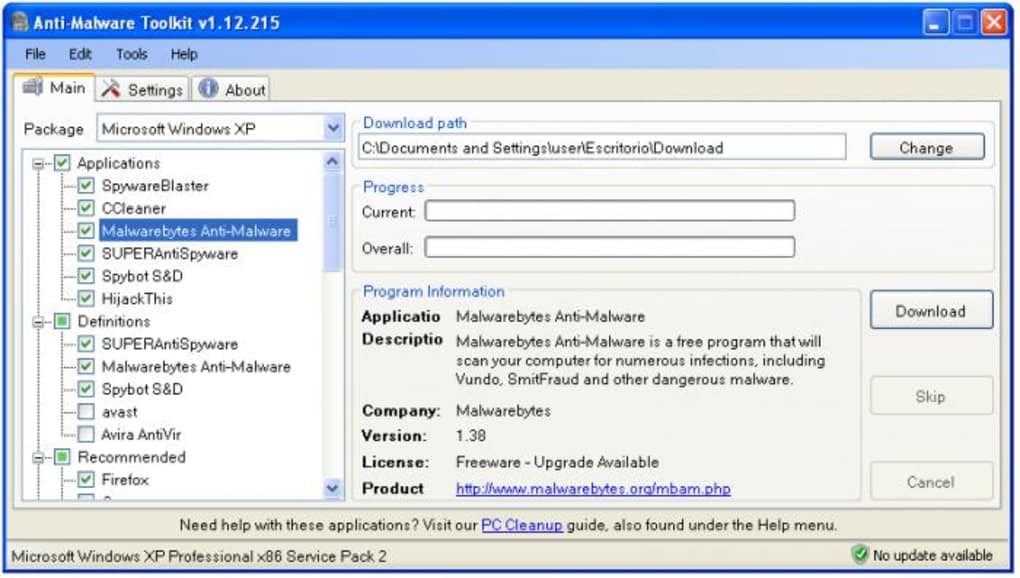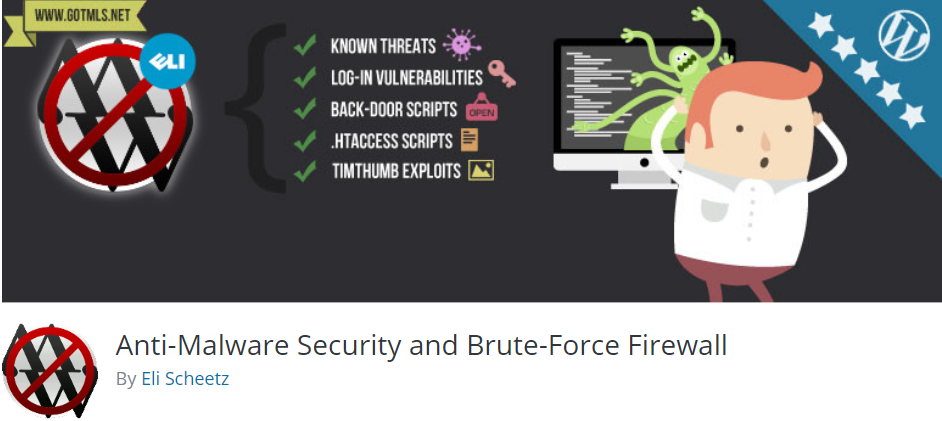

This thing above is called code obfuscation, which is a favorite way for malware authors to hide their malicious code.

KpcCdyFGdz9lYvdCKzR3cafR3biVGbn92bn91cp1DdvJGJJkQCK0wepkyM90TZwl. You’ll usually get a sample code when such malware is found, which will look something like this: eval(gzinflate(base64_decode('pRlrc9o69nN2Zv+DyF2YigCdyFGdz9lYvlgCNsX In case of zero-day exploits, news of attacks usually come first through security bulletins, community discussions, or even hacked files reported by webmasters.

Today we’ll see how to detect malware and malicious code which anti-malware tools cannot detect.Īnatomy of malware or malicious code infection As a server owner, you may not have the luxury to wait till signatures are available. The malware was first seen in the wild on 5th September, but it was only after thousands of WordPress sites were affected on 17th September that malware signatures were available in popular anti-malware tools. So, in some cases such as zero-day exploits, these anti-malware tools may need anywhere from a few hours to a couple of days to update their virus database.įor example, let’s take the case of the recent Active VisitorTracker Malware campaign. However, they still need a bit of time to create signatures from malware samples found in the wild. These tools do a good job in identifying the vast majority of malware that’s out there. Linux servers have a great set of open source anti-malware tools like Linux Malware Detect, ClamAV + SaneSecurity, etc.


 0 kommentar(er)
0 kommentar(er)
